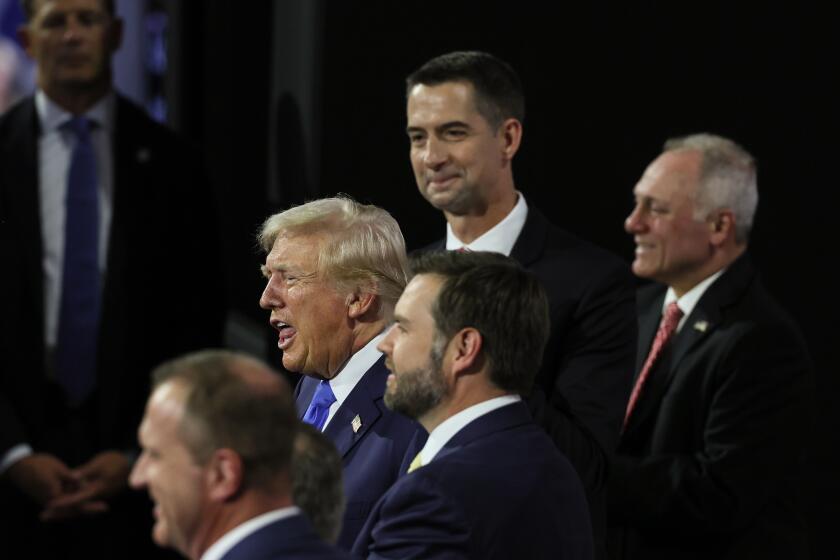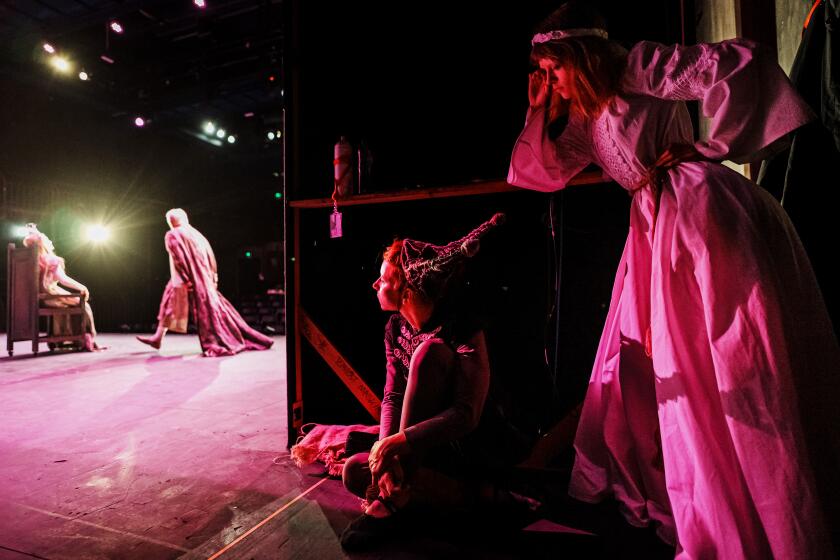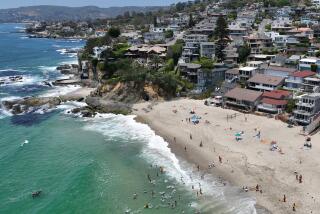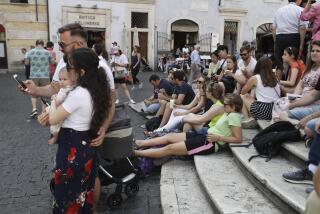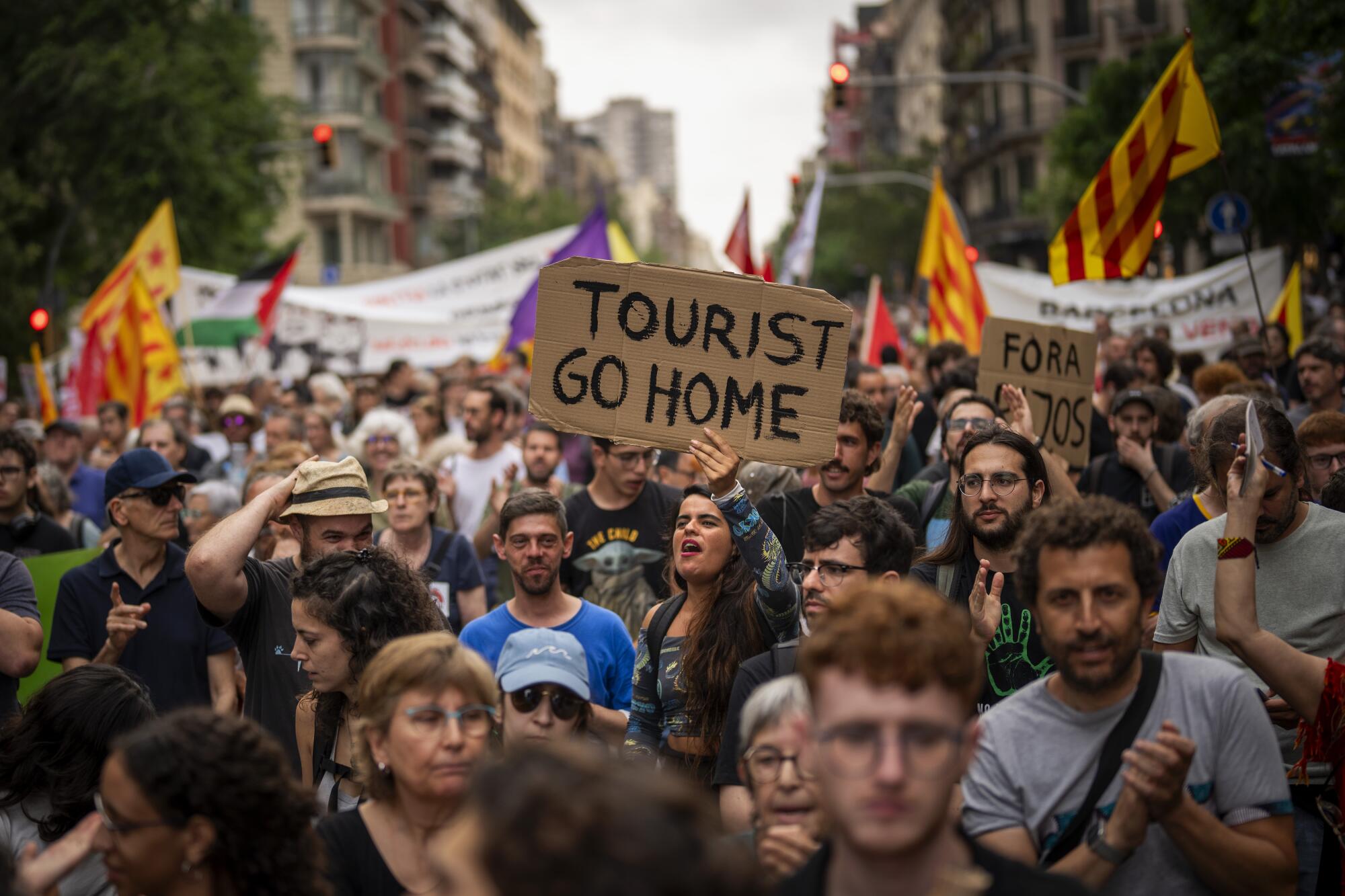
- Share via
AMSTERDAM — For people who live in particularly picturesque quarters of charming European cities, the words “Instagrammable” or “Tik-Tok famous” can feel like harbingers of doom.
Or harbingers, at the very least, of intense annoyance.
Across the continent, this has been a summer of visitor-related discontent. The stresses of over-tourism sometimes spur irate displays directed at outsiders — such as attention-grabbing anti-tourist protests in Barcelona last month, with demonstrators wielding water pistols, or hostile graffiti popping up in places like Athens.
- Read the companion piece: How not to be a terrible tourist: What Europeans want travelers to know
In some of the more iconic way stations on Europe’s tourist trail — Amsterdam and Santorini, Prague and Bruges, Dubrovnik and Florence — the downsides of being all-too-well-loved destinations are becoming more and more apparent. At the same time, tourism projections point to an even more crushing influx in years to come.
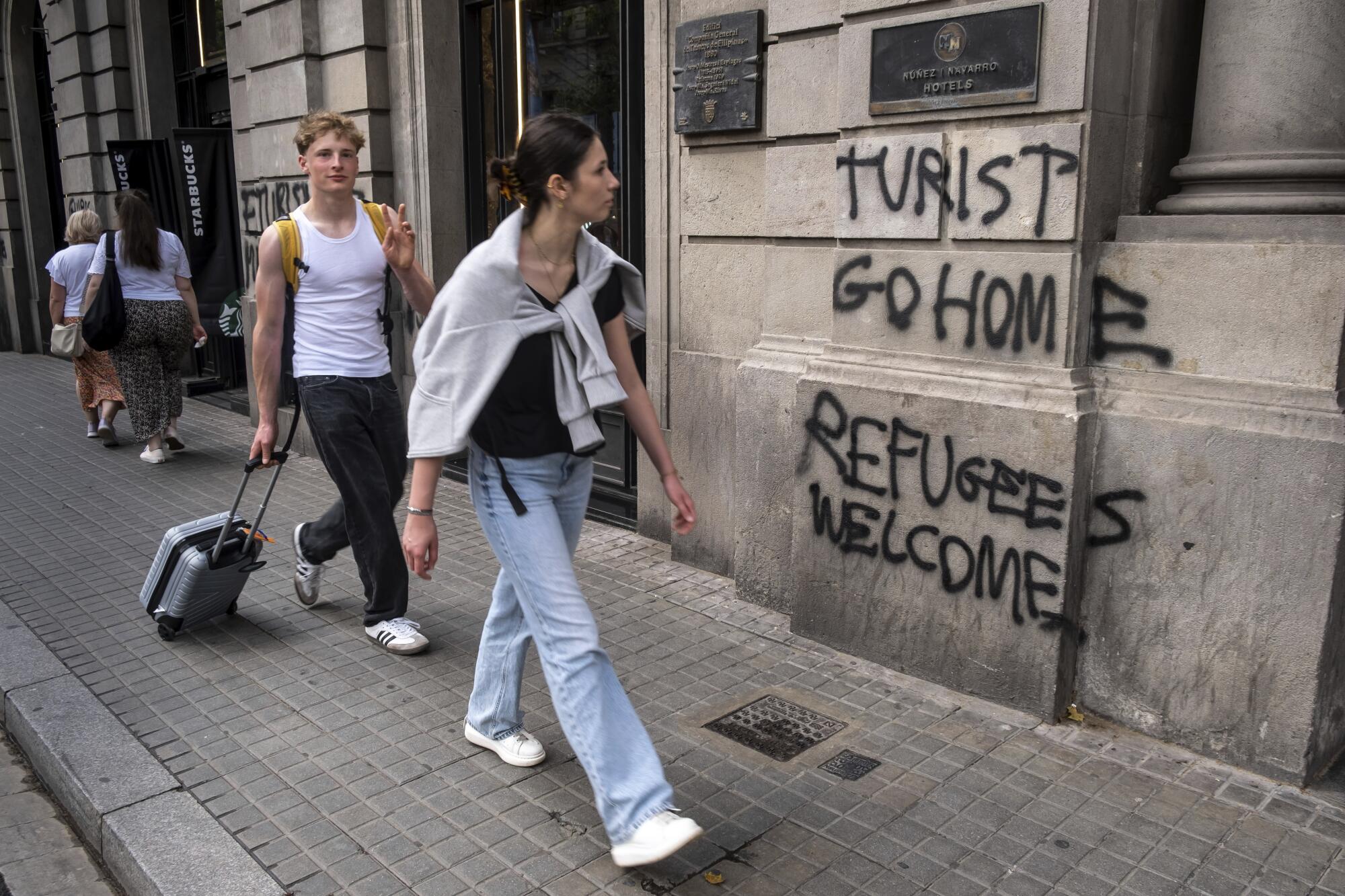
Even in areas where the economy is heavily dependent on tourism — or perhaps particularly in such places — activists are increasingly vocal about travel practices that drive up prices, strain services, hurt the environment and erode the quality of daily life.
A big event like the Summer Olympics in Paris can sometimes have a paradoxical effect — drawing those who want to attend, but at the same time putting off others who fear inflated prices and unmanageable throngs.
With the Games ending this weekend, initial visitor tallies pointed to an overall bump, but thinner-than-usual crowds and last-minute price cuts in areas away from the main sports venues.
Trump’s running mate, J.D. Vance, once said: ‘I don’t really care what happens to Ukraine one way or the other.’
When disgruntled feelings erupt, sometimes it’s the result of tourists behaving badly — in some cases, very badly indeed. But through sheer dint of numbers, even well-intentioned visitors can be a burden.
“There’s this phenomenon of all of us considering travel a right, of thinking, ‘Well, I’m allowed to go anywhere,’” said Charel van Dam, marketing director for the Netherlands Board of Tourism. “But there are obligations to fulfill that have to do with how we travel, and how we behave when we travel.”
The Netherlands, for example, expects around 60 million annual visitors by decade’s end — dwarfing the country’s population of about 18 million. Such lopsided numbers are common across Europe.
Grumbling about excess visitors is nothing new. In recent months, though, the local backlash has been making headlines.
The Barcelona protesters, incensed by skyrocketing rents linked to short-term holiday rentals, doused open-air diners in the famed Ramblas district — a gesture that tourism officials insisted did not reflect widespread public sentiment.
Elsewhere in Spain, street marches have popped up repeatedly on the island of Mallorca, where demonstrators brandished cardboard models of sleek private jets and cruise ships to decry the arrival of what they say are overwhelming numbers of visitors.
In Europe’s tourist high season, professionals and residents offer advice on making things easier on locals — and travelers. What they want you to know.
Travelers’ affronts in Europe’s tourist zones are sometimes glaringly apparent: pounding music from late-night parties, or puddles of vomit on doorsteps in quiet residential streets. But the slights can be subtler as well.
“Sometimes, I feel like they think I’m just part of the scenery,” said Janeta Olszewska, a 29-year-old emigree from Poland who works in Amsterdam’s famous floating flower market. “It’s so strange when visitors can’t even say ‘Good morning’ before they begin telling me what they want.”
In some locales, the business of promoting tourism has morphed into brainstorming over ways to manage and contain it. In Venice, where the tourist tide is as much a hazard as the seasonal acqua alta, authorities began charging day-trippers a 5-euro fee (about $5.40) in April.
But critics protested that the $2.4 million in revenue the city took in over a period of three months only pointed up the magnitude of the overcrowding problem.
“It was a great failure,” Giovanni Andrea Martini, a Venice City Council member who opposed the program, said in an email.
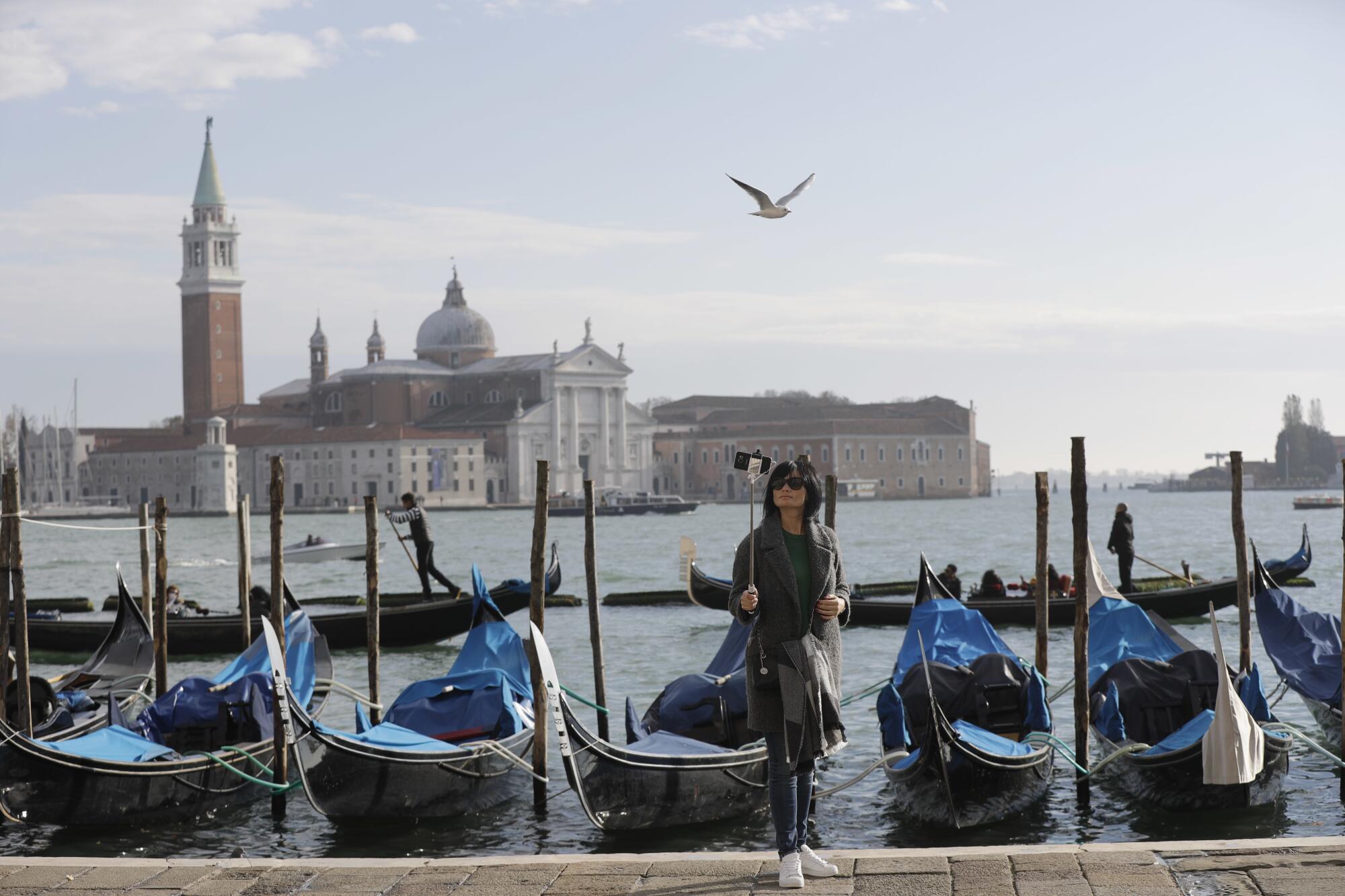
“It was supposed to be a system for managing tourism flow, but it didn’t manage anything — tourists entered the city in greater numbers than on the same days last year.”
Some European cities, including Copenhagen, have embarked on a carrot-not-a-stick approach. A pilot program that began in the Danish capital last month, dubbed CopenPay, offers small perks like free ice cream to visitors who engage in eco-friendly behaviors such as picking up trash or using public transport.
Other venues are trying a dual track: Amsterdam, for example, is seeking to crack down on public drunkenness, discourage gawkers in the famous red-light district and curtail holiday apartment rentals — going so far as to inaugurate a “Stay Away” campaign aimed mainly at British stag partyers — while enticing visitors to venture outside the tiny confines of the city’s canal-lined center.
Ukrainians displaced by war find new purpose in Shakespeare’s play of love, loss and madness, bringing their blood-red version to the bard’s hometown.
“You do catch more flies with honey than vinegar,” said Van Dam, the Netherlands’ tourism marketer, citing the success of sustainability initiatives such as hotels giving guests a free drink in the bar if they decline daily room cleaning.
Industry professionals and municipal authorities acknowledge that tourism is a trade-off: often an economic boon, sometimes a social bane.
In heavily touristed parts of Amsterdam, access to ordinary goods and services tends to dry up up as the commercial balance tips toward the wants and needs of visitors. Want an Aperol spritz, some CBD oil, or a ceramic Dutch-clog refrigerator magnet? No problem. But residents say finding penny nails or laundry pods or a spatula can involve a tiring trek.
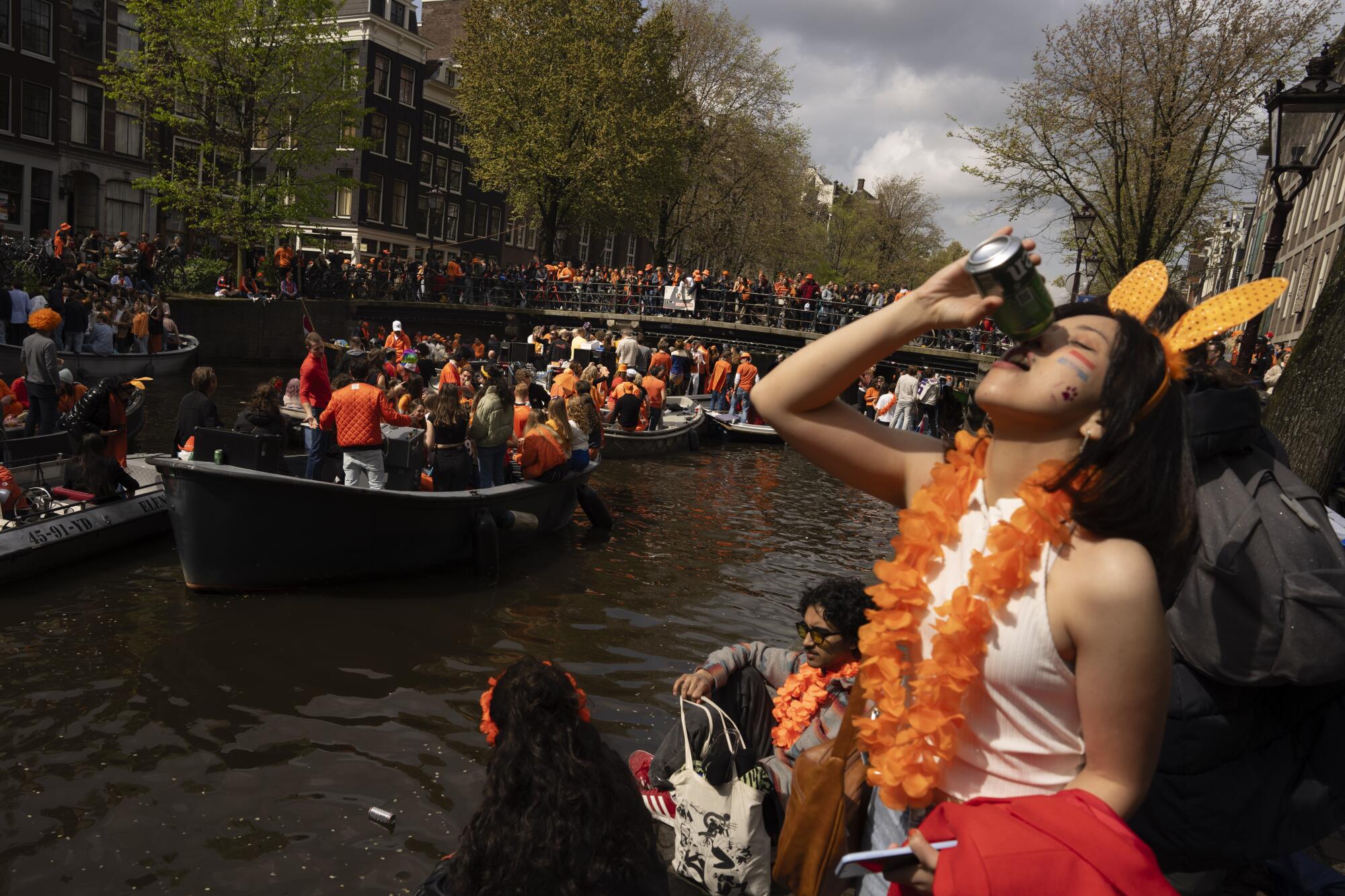
Sometimes, touristic obsessions are a source of bafflement. At central Amsterdam’s landmark Athanaeum bookstore, whose eclectic periodicals draw a loyal clientele from across Europe, customers and staff alike were briefly mystified by the long queues at a nearby koekmakerij — a cookie shop.
They quickly figured it out: The place was all over Instagram.
“It was only one particular kind of cookie, and at first we thought, ‘How can that even work as a business?’” said Reny van der Kamp, 59, who has worked at the bookstore for more than 20 years. “Well, we found out. They actually had to have crowd control.”
Eventually, the cookie purveyor moved to bigger quarters about a quarter of a mile away. On a recent summer morning, the line stretched out the door.
Often, the public-nuisance aspect of tourism is confined to a small area of a given city, but then creeps gradually outward. Amsterdam’s Jordaan district, within the central ring of canals but traditionally a quiet residential area, is now frequented by selfie-snapping visitors — many of them drawn by rapturous descriptions on social media of the neighborhood’s winsome domesticity.
“Now and then, people actually crane their necks to look into our windows,” said Ricky Weissman, 43, an American special-effects designer who moved to the Jordaan a decade ago with his wife. “And you’ll see someone peeing on the side of someone’s house — it’s like, ‘Why? You can find a bathroom anywhere!’”
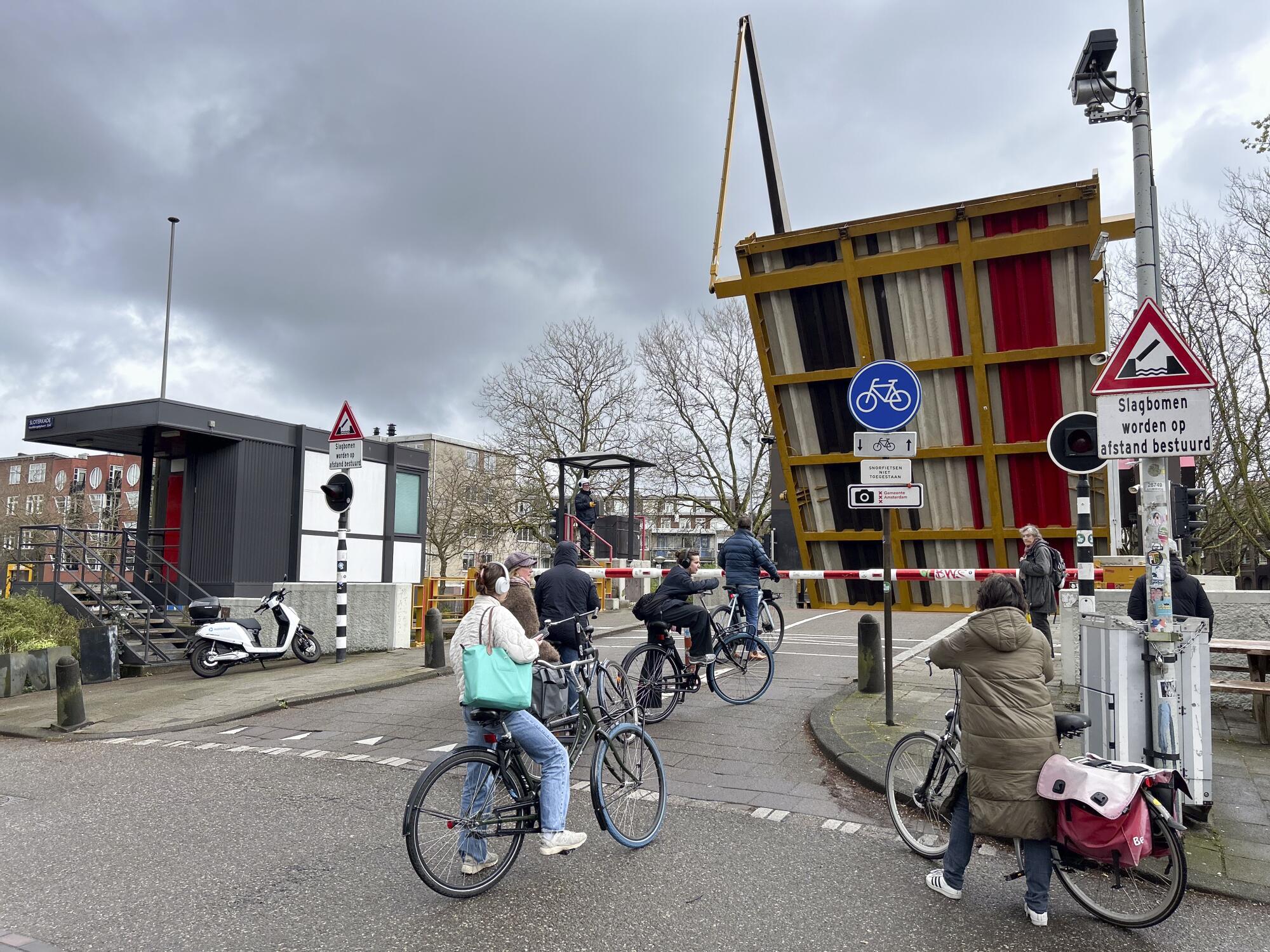
But he considers such intrusions to be offset by the surroundings. Their daughter, born here, is 5 now, and speaks Dutch and English.
“It’s a fairy tale, really, living here,” Weissman said.
Locals’ cherished routines are often disrupted, however — sometimes in dangerous ways. Commuting briskly by bicycle one day, Nashira Mora, who works as a tour-boat booker, had no time to react when a pedestrian — a visitor, she found out — suddenly came to a dead stop in the middle of the bike lane, eyes phoneward, oblivious to approaching cyclists.
“I went right over the handlebars,” the 26-year-old said ruefully. “Luckily, no one was hurt. And my bike was OK. But …” she trailed off and shook her head.
In many tourist centers, the coronavirus pandemic was a revelation for residents. For all the stress and isolation of lockdowns, and the immense tragedy of lives lost to the virus, landmarks usually avoided because of visiting hordes were suddenly empty — and fully revealed in all their glory.

“It did perhaps make people think about what it would be like to have their own city back,” said Mari Janssen, a 25-year-old studying Russian literature.
Locals and tourists often lead separate but parallel existences, more or less ignoring one another’s presence. The two worlds bump up against each other in places like the Albert Cuyps market, one of Amsterdam’s largest collections of open-air vendors.
Some merchants — a cheesemonger, a produce vendor, a baker — said that they had long counted local householders as their main customers, but that picnic-sized portions for tourists yielded cash bonanzas.
The change in the market’s character, however, was wearing on some. At a stand selling stroopwafel — a sweet concoction of layered wafers held together with syrup — a small group of foreign visitors began excitedly shouting orders at vendor Sylvia Lassing, 63, even as she was handing someone else their change.
“It’s a lot, sometimes,” she sighed during a lull a few minutes later.
A flower seller, asked about the tourist trade, irritably mimed how some outsiders would manhandle his delicate blooms — brilliant purple irises and Van Gogh-worthy sunflowers — and then walk away without buying anything. But he understood, he said, that few would want to take a perishable bouquet to the airport or a hotel room.
As a visitor turned to leave after chatting with him, though, he waved his hands in an emphatic gesture to halt them.
“Wait, wait!” he said. “Here, have a daisy.”
More to Read
Sign up for Essential California
The most important California stories and recommendations in your inbox every morning.
You may occasionally receive promotional content from the Los Angeles Times.
